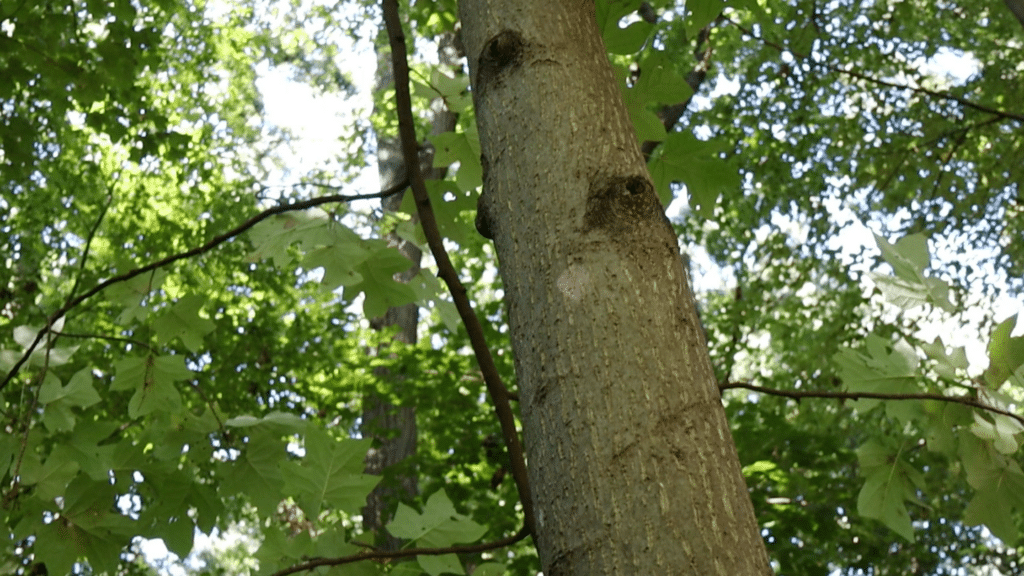Introduction to Ethnobotany: Traditional Uses of 4 NYC Trees
By Natural Areas Conservancy on November 01, 2024

By Natural Areas Conservancy on November 01, 2024

 By Mormei Zanke, Communications Manager
By Mormei Zanke, Communications ManagerIf you’ve hiked any of New York City’s trails, you may have noticed the wide range of tree species that are native to our geographical region. In New York state, there are over 100 species of native trees, and many have been present here for hundreds of years.
Well before settler colonialism, the Lenape and many other First Nations peoples utilized the land, and its many trees, for medicine, food, and shelter purposes. We can learn so much from this history and in doing so, gain a greater respect for the nature that surrounds us today.
The NAC’s Trail Program Manager, Josh Otero, developed a deep interest in ethnobotany that has inspired a lens for exploration of nature trails and natural areas across the city. In our recent 4-part video series with Josh, he shares knowledge about 4 NYC trees in particular and how they were used historically.
Read on below for a summary of each tree’s traditional uses.

Sassafras is a common native tree to the New York City region. In recent history, the roots were used for making traditional root beer in the United States.

The white oak tree is very prevalent in New York City, and provides habitat for many forest species (hundreds of caterpillars and other animals!). It’s also a tree that tends to grow very straight and tall.

Also a native tree, sweet birch can be identified by the smell of its bark, which many say evokes a peppermint scent. When First Nations peoples harvested from this tree, they would do so from the East side because that is where the sun first hits at the start of each day.

The tulip tree has very distinct leaves, with a V shape and two lobes that look like cat ears! This tree can grow very quickly and live a long life—some living beyond 500 years. The largest tree currently recorded in NYC is a Tulip Tree known as the Alley Pond Giant.
Join Josh on his next guided hike! Visit our Events page for upcoming outings, and subscribe to the NAC newsletter to be the first to know about new opportunities to get outside into our city’s natural areas.